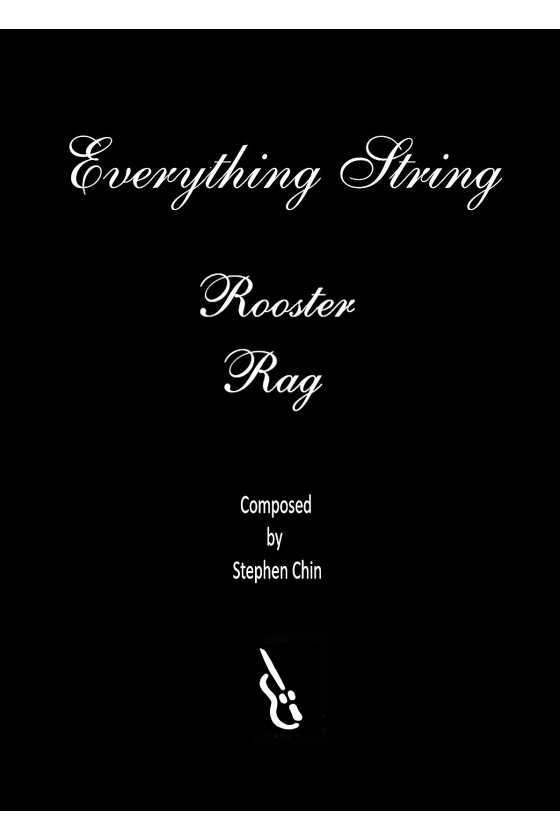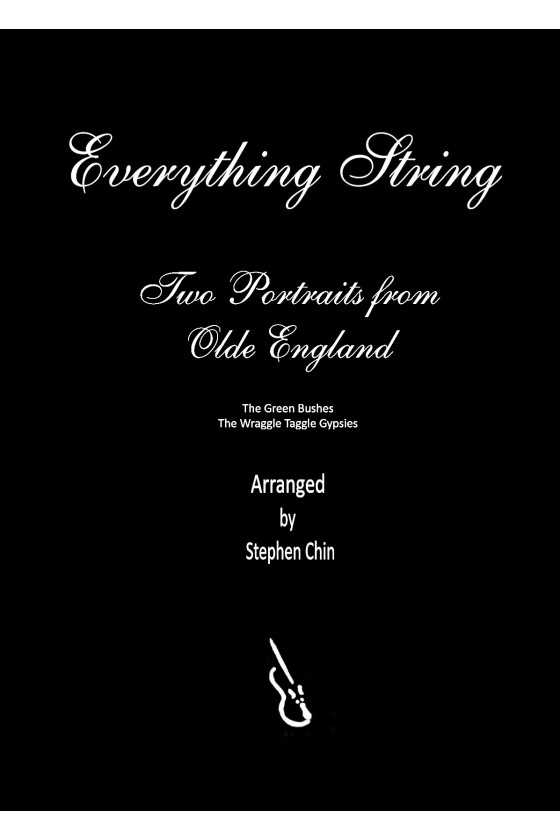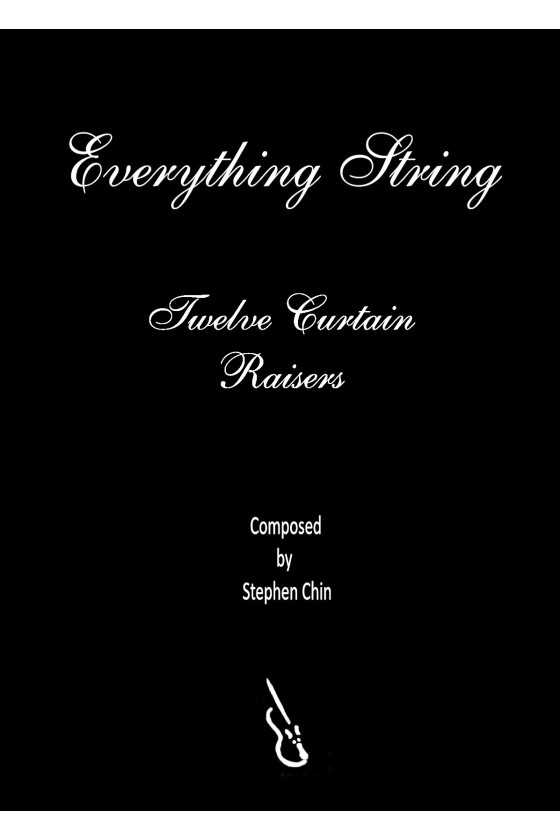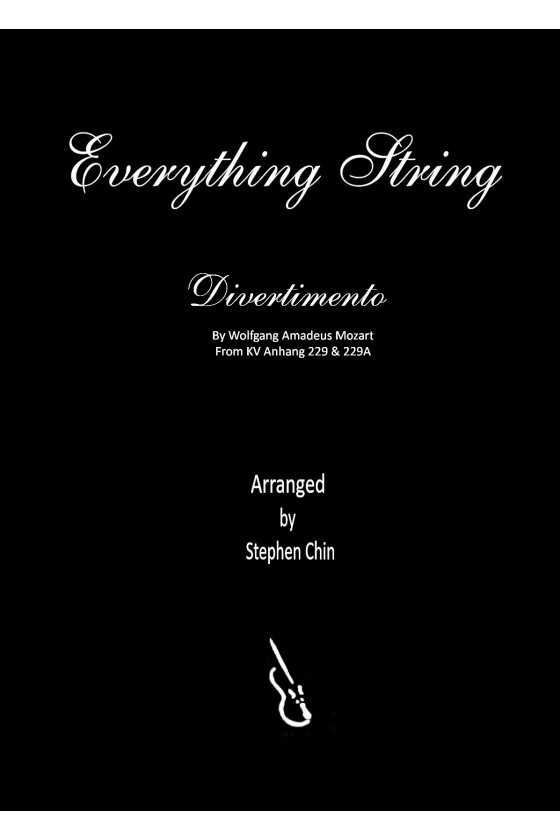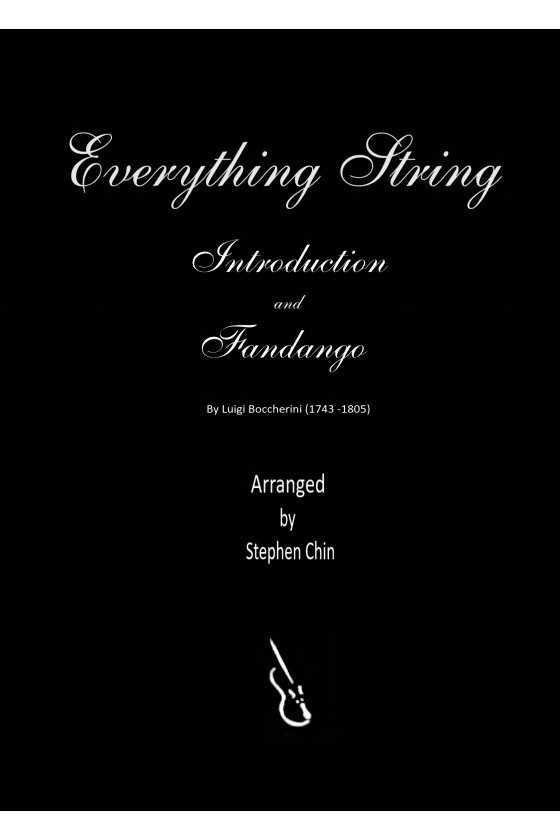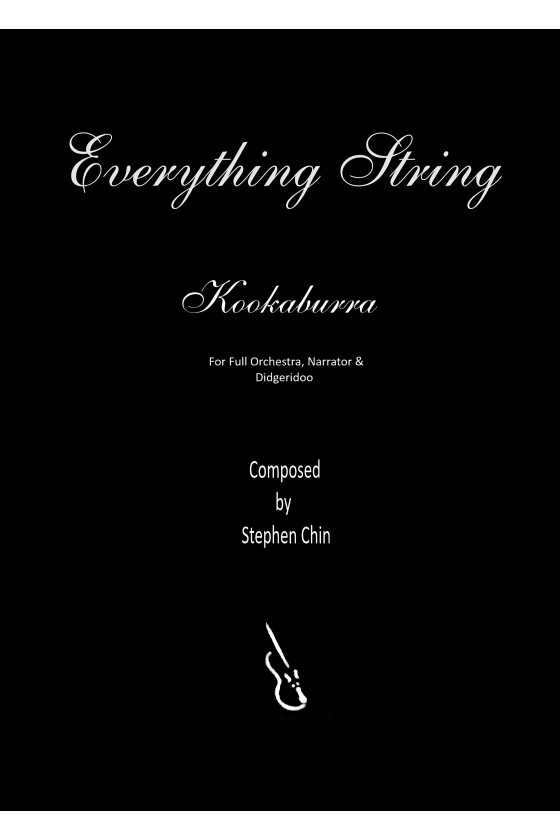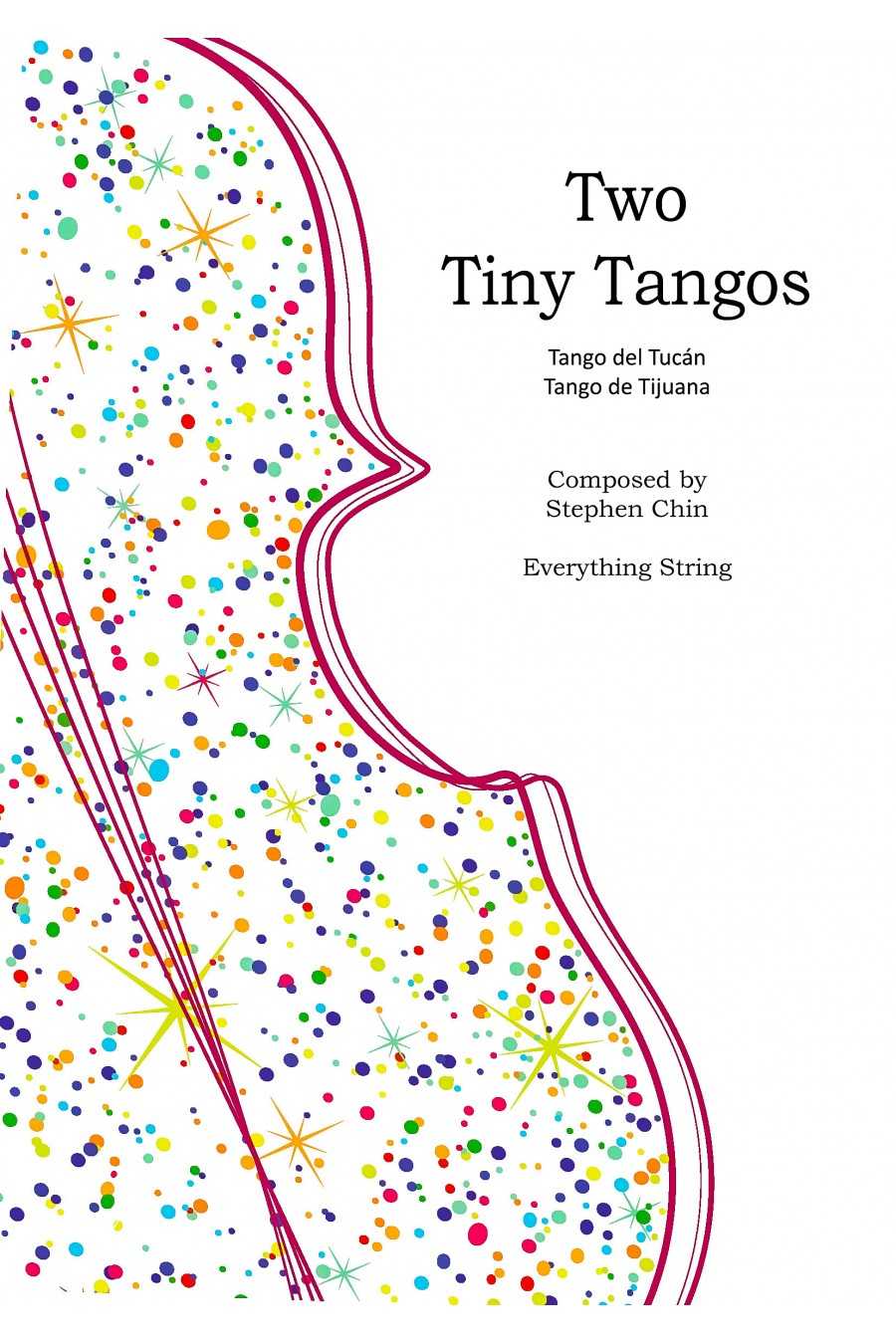
Night Journey By Stephen Chin
On a stormy night, a carriage leaves for an unknown destination. Chased by someone, urgency intensifies with repeated quavers. Different string ensemble sections are highlighted—a warm middle section followed by an even greater sense of urgency. The journey ends quietly, igniting players' imaginations.
For String Orchestra Grade 1.5





